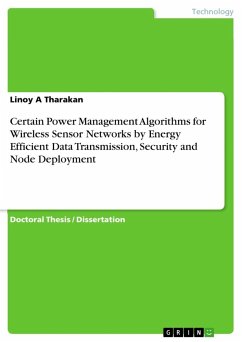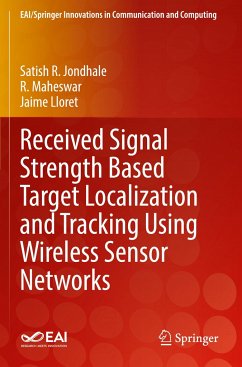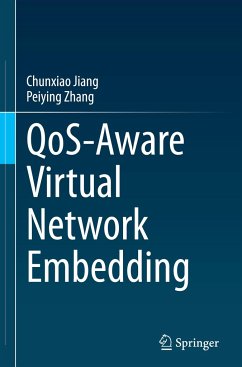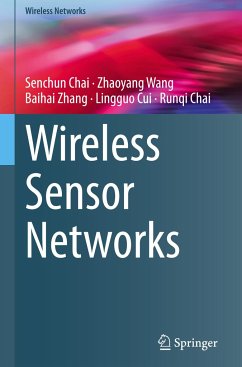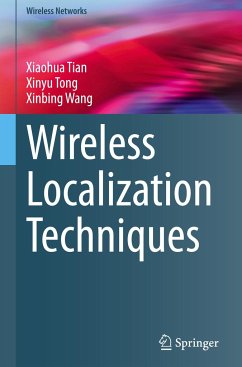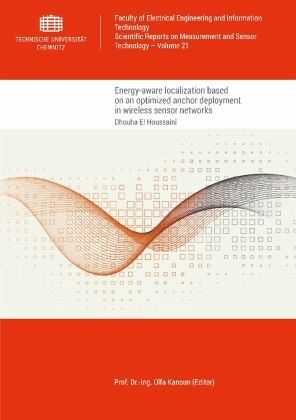
Energy-aware localization based on an optimized anchor deployment in wireless sensor networks
Versandkostenfrei!
Versandfertig in 6-10 Tagen
26,90 €
inkl. MwSt.

PAYBACK Punkte
0 °P sammeln!
Various applications of Wireless Sensor Networks (WSNs) require accurate localization of sensor nodes. The quantity and locations of anchor nodes, which serve as reference points for distance estimates, as well as the localization process itself, affect the localization accuracy. Furthermore, because numerous communications are sent between nodes for localization, energy consumption must be considered. This work presents an energy-aware and accurate localization method. It is based on a combined anchor deployment and energy-aware localization. The proper number and distribution of anchors have...
Various applications of Wireless Sensor Networks (WSNs) require accurate localization of sensor nodes. The quantity and locations of anchor nodes, which serve as reference points for distance estimates, as well as the localization process itself, affect the localization accuracy. Furthermore, because numerous communications are sent between nodes for localization, energy consumption must be considered. This work presents an energy-aware and accurate localization method. It is based on a combined anchor deployment and energy-aware localization. The proper number and distribution of anchors have been investigated to achieve full network coverage and connectivity based on an efficient and heterogeneous hexagonal deployment. Later, energy-aware localization is performed in three stages: Initialization, signal acquisition, and anchor selection. The initialization step allows the network to be adaptable to sudden changes by establishing anchor connectivity and creating the neighbors' list. Meanwhile, the Received Signal Strength Indicator (RSSI) is used for distance measurements between nodes, with the implementation of a Kalman filter to reduce signal attenuation and noise. Later, the anchor selection is done using fuzzy logic with inference parameters: RSSI, node density, and residual energy. This step ensures that only operable anchors engage in localization, while anchors with inadequate energy sources remain intact to ensure their future availability.



